For Decades, Southern States Considered Thanksgiving an Act of Northern Aggression
In the 19th century, pumpkin pie ignited a culture war.
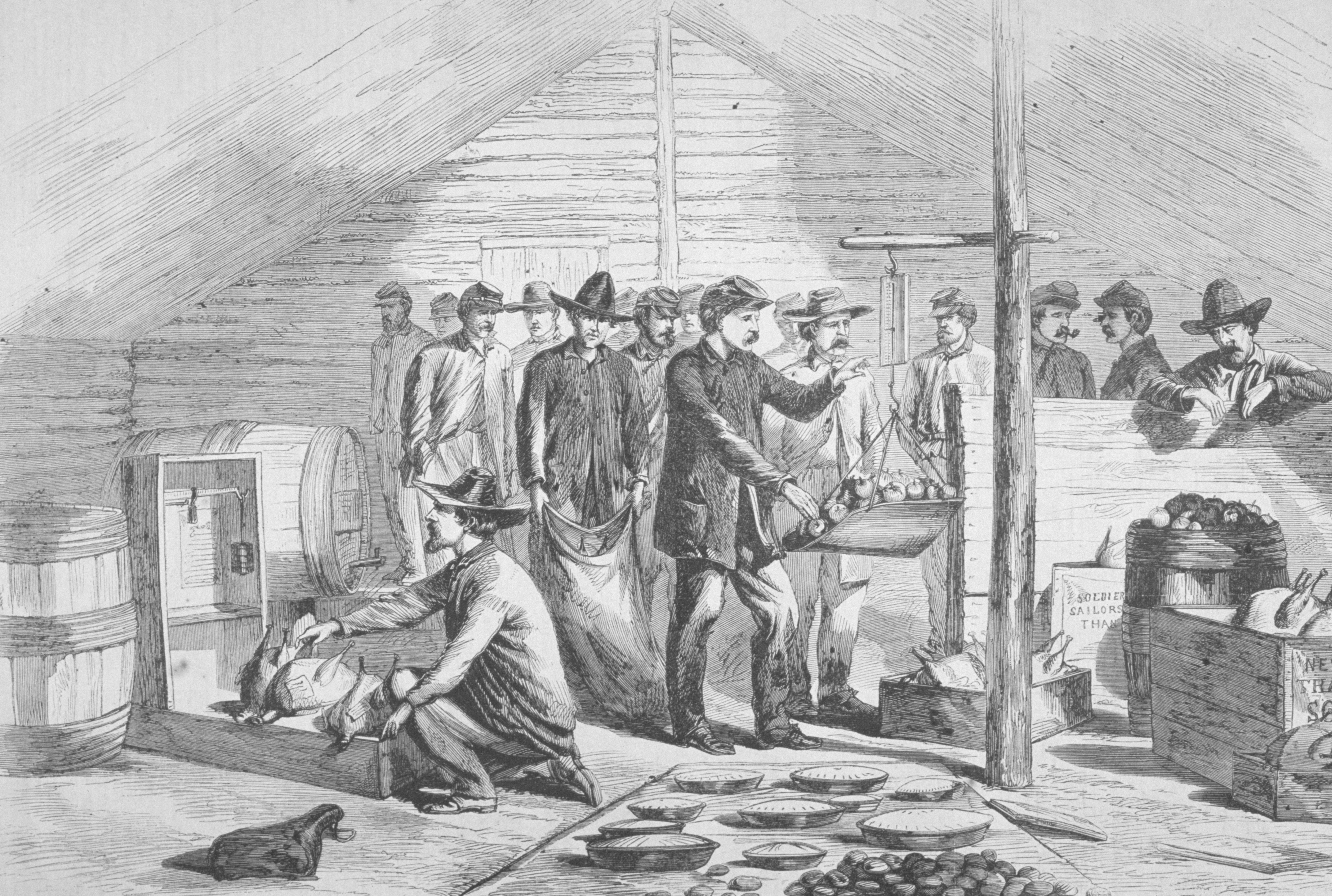
The night before Thanksgiving, I routinely find myself bent over the hot oven, gently shaking the racks to check for the jiggle of just-set custard in my pumpkin pie. My family doesn’t even like pumpkin pie that much; they prefer a latticed caramel-apple pie or an autumnal cheesecake. Still, I bake the definitive Thanksgiving dessert every year.
Each time I serve pumpkin pie, I get to share a little known slice of American history. Although meant to unify people, the 19th-century campaign to make Thanksgiving a permanent holiday was seen by prominent Southerners as a culture war. They considered it a Northern holiday intended to force New England values on the rest of the country. To them, pumpkin pie, a Yankee food, was a deviously sweet symbol of anti-slavery sentiment.
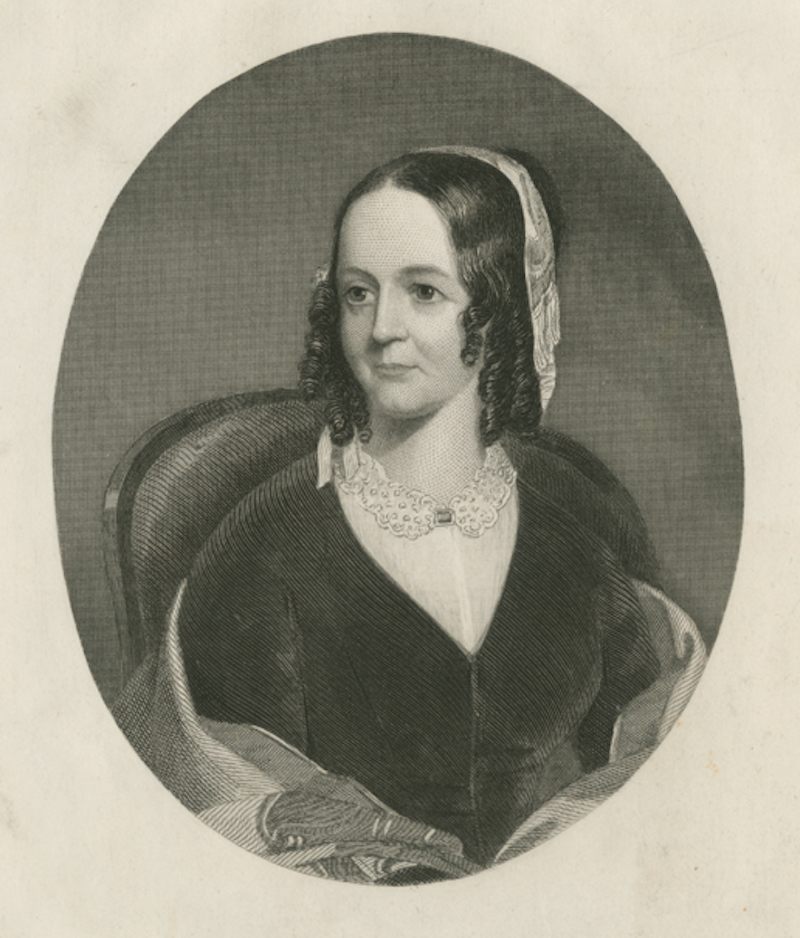

The first account of American Thanksgiving is a letter written about the Pilgrim’s meal in 1621. The holiday evolved from a traditional harvest supper to a Puritan day of gratitude to God in colonial New England. Throughout the 18th and 19th centuries, it further changed into a more secular celebration as the feasting portion overtook prayer. Northern governors often declared state-wide thanksgiving days. They were usually in late November or early December, but there was no unified national holiday.
Thanksgiving may have remained a regional, ad-hoc holiday if not for the efforts of Sarah Josepha Hale, a Northern writer who is often considered the “Godmother” of American Thanksgiving. In 1825, she initiated annual letter-writing campaigns to governors asking that they collectively declare the final Thursday of November a celebration of thanksgiving. As the editor of Godey’s Lady Book, the most widely read magazine of the 19th century, she devoted pages of editorial space to pitching the national holiday as a unifying force in a young and diverse nation. Her 1827 novel, Northwood: A Tale of New England, gives the first detailed account of the Puritan Thanksgiving feast. She dedicates an entire chapter to the meal, in which she describes the “celebrated pumpkin pie” as “an indispensable part of a good and true Yankee Thanksgiving.”
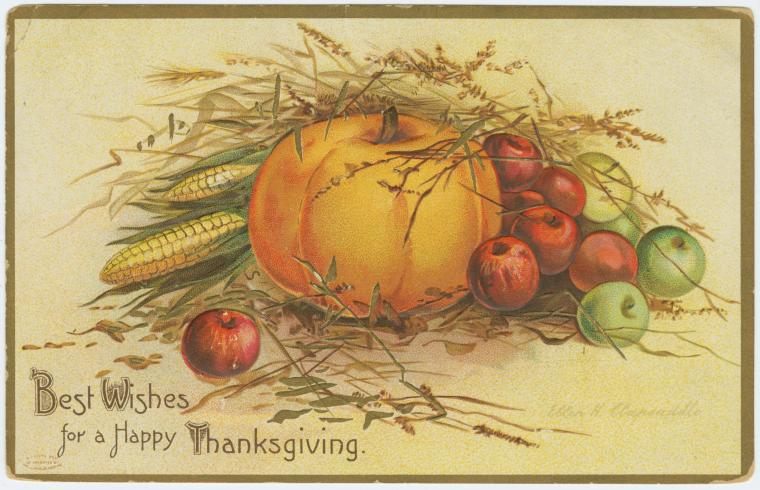
Hale was not the only one to associate pumpkin pie with Thanksgiving and Northern tradition. Two pumpkin pie recipes appear in American Cookery, alongside other Thanksgiving favorites such as cranberry sauce and turkey. Considered the first “American” cookbook, American Cookery is known as an example of traditional New England fare. Plus, pumpkin pie calls for Northern ingredients such as squash and molasses. As more states—mainly in the North—recognized Thanksgiving, the pie became closely associated with Northern tradition.
Hale’s cheerful, relentless, and decades-long campaign spread Thanksgiving to 29 states by the early 1850s. But simultaneously, tension was growing over the strengthening abolitionist sentiment in the North. Soon enough, this ignited Hale’s goal of a nationwide (or even trans-national) Thanksgiving.

Southern leaders attacked Thanksgiving as the North’s attempt to impart Yankee values on the South. Virginians, especially, retaliated against Hale’s campaign. In 1856, the Richmond Whig published a scathing editorial on the District of Columbia’s “repugnant” declaration of thanksgiving, arguing that the holiday did nothing but rob men of a day’s wages and encourage drunkenness. As for the Northerners who started the celebration: “They have crazy society within New England’s limits, where they have been productive of little but mischief—of unadulterated and unmistakable injuries to sound religion, morals, and patriotism.”
A few years later, according to historian Melanie Kirkpatrick, Governor Wise of Virginia answered letters from Hale by telling her he wanted nothing to do with “this theatrical national claptrap of Thanksgiving, which has aided other causes in setting thousands of pulpits to preaching ‘Christian politics.’” Wise’s statement directly referred to anti-slavery politics.
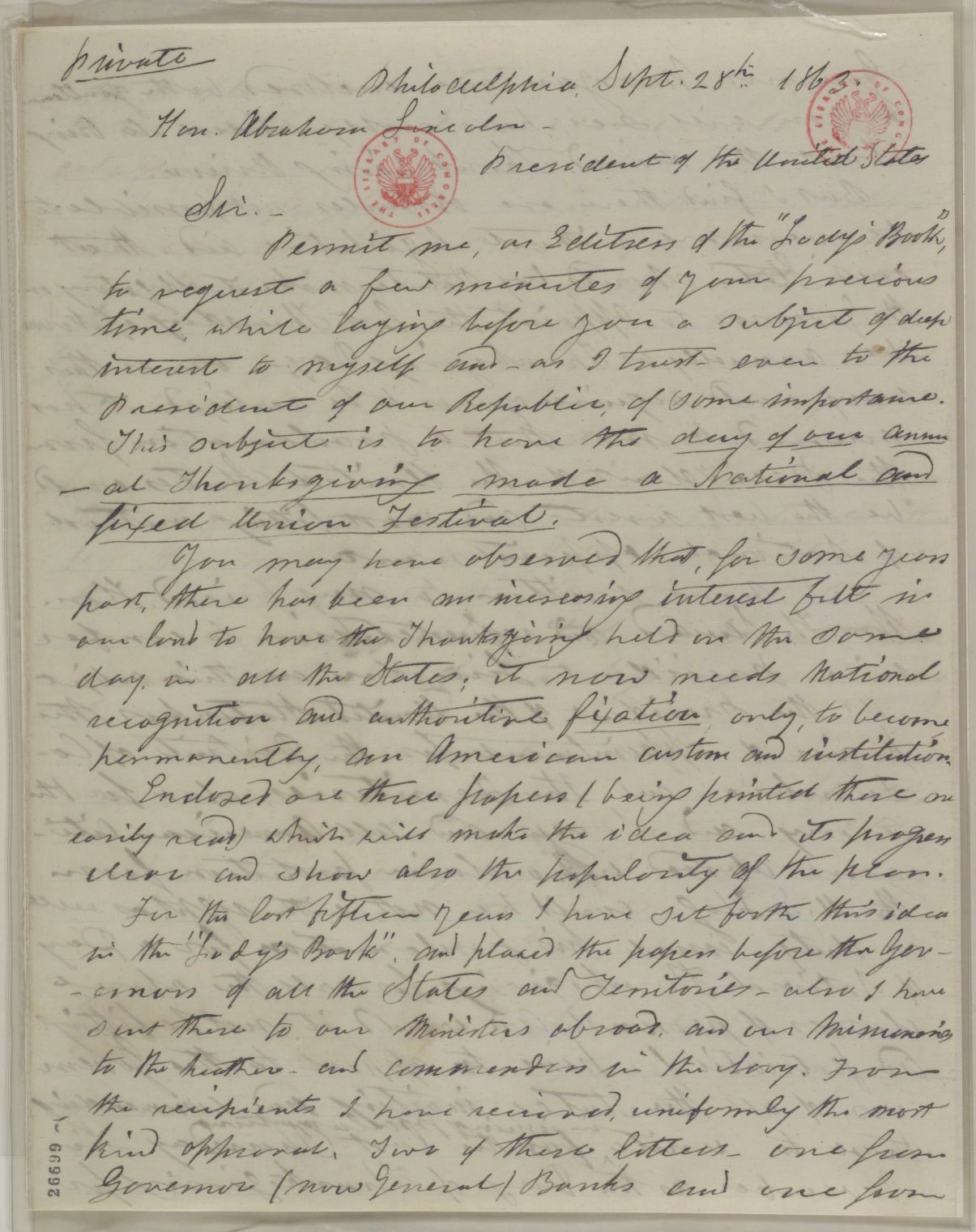
Despite Southern resistance, Hale and other Thanksgiving proponents continued to campaign. Eventually, in the midst of the Civil War, President Abraham Lincoln declared the first national Thanksgiving on the final Thursday in November of 1863. This was actually his second thanksgiving proclamation of that year; he also called for a thanksgiving feast after the Union victory at Gettysburg.
In his national Thanksgiving proclamation, however, Lincoln did not speak to the Union or the North alone. Instead, he addressed the whole of the bloodied nation. Lincoln’s proclamation specifically called out “all those who have become widows, orphans, mourners, or sufferers, in the lamentable civil strife in which we are unavoidably engaged.” He implored “the Almighty hand to heal the wounds of the nation.” If Lincoln intended to impose Thanksgiving’s Northern, anti-slavery connotations on the South, it did not appear in his speech, which drew on Hale’s unifying rhetoric.
Lincoln set an annual tradition of presidential Thanksgiving proclamations. But for decades, the country grappled over Thanksgiving as a marker of national identity. In Texas, Governor Oran Milo Roberts, a former Confederate army officer, refused to declare Thanksgiving a holiday as late as the 1880s. Some Southern governors would follow the annual presidential proclamations, but move the date of Thanksgiving to resist its message of national unity.
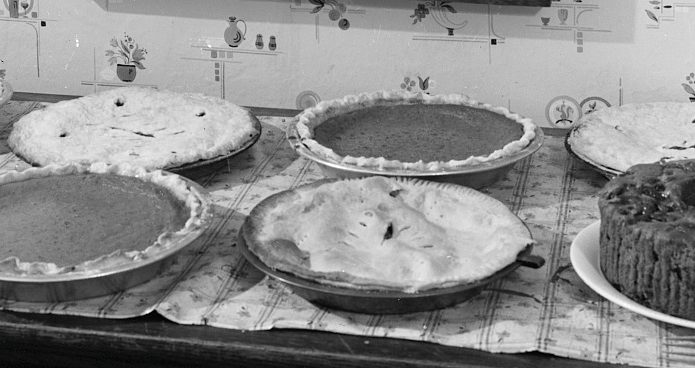
As politicians fought over the symbolism of the holiday, Americans made Thanksgiving celebrations their own. Southern cooks adapted the traditional meal to local traditions, and the Yankee pumpkin pie was often transformed into sweet potato pie, a Southern favorite. In 1941, Congress officially made Thanksgiving a national holiday. By this time, presidential declarations of Thanksgiving on the last Thursday of November were not only commonly accepted across the country, but expected. In fact, in 1939, President Roosevelt moved Thanksgiving one week earlier to allow for more holiday shopping time, and the public turned against him.
Pumpkin pie is an iconic Thanksgiving dish, and a symbol of the struggle to define American identity through the harvest holiday. While the traditional version was once decried as an invasion of Northern foodways on American culture, Southern adaptations such as mixing in bourbon, adding pecans, or swapping out squash for sweet potato now create an opportunity for cooks and diners across America to feel both connected and culturally independent.
This story originally ran on November 21, 2017.
Gastro Obscura covers the world’s most wondrous food and drink.
Sign up for our regular newsletter.




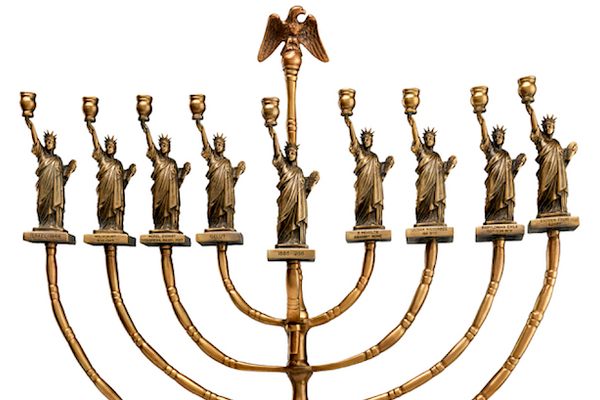

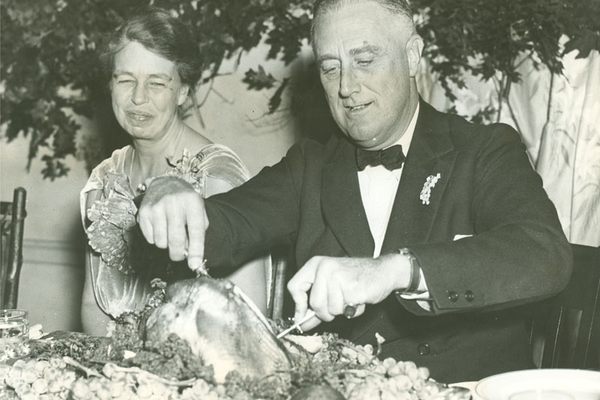


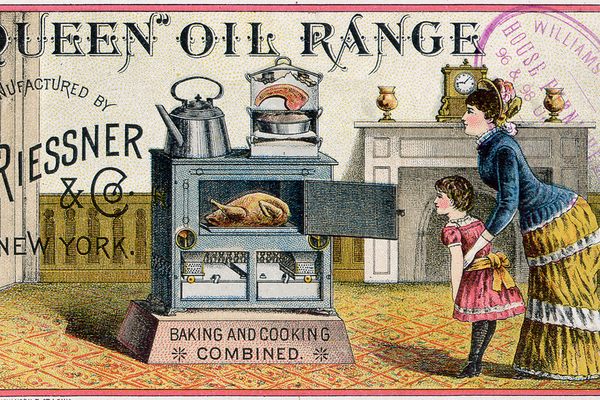













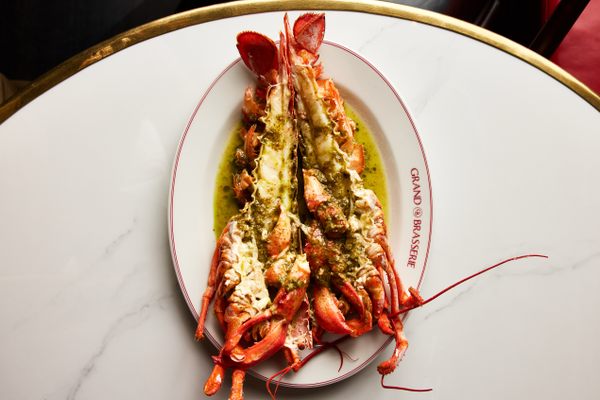

Follow us on Twitter to get the latest on the world's hidden wonders.
Like us on Facebook to get the latest on the world's hidden wonders.
Follow us on Twitter Like us on Facebook